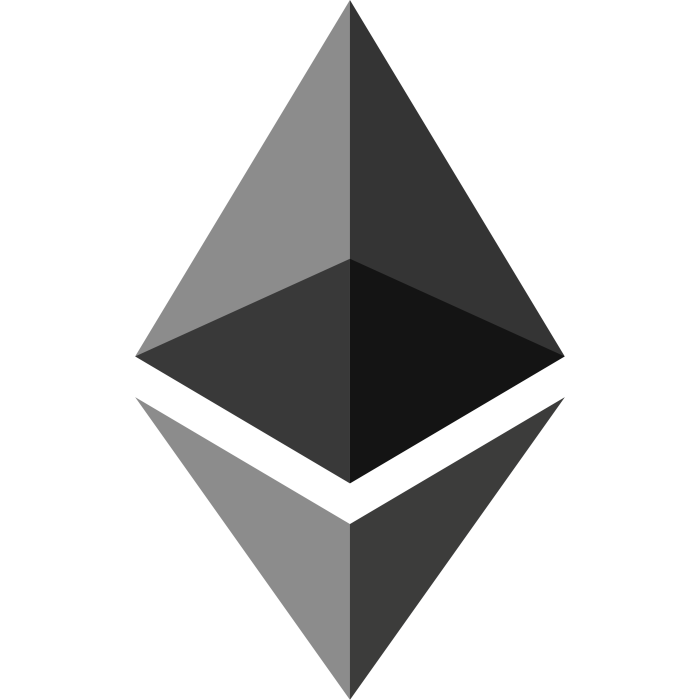
Ethereum: Revolutionizing the Blockchain Landscape (via ChatGPT):
Introduction to Ethereum: Ethereum, a decentralized blockchain platform, was proposed by the young programmer Vitalik Buterin in late 2013. The platform’s groundbreaking concept aimed to go beyond Bitcoin’s simple cryptocurrency capabilities, providing a programmable environment for developers to create decentralized applications (DApps) and smart contracts. Ethereum’s launch in 2015 marked a significant leap forward in the evolution of blockchain technology.
Vitalik Buterin: The Architect of Ethereum: Vitalik Buterin was born on January 31, 1994, in Kolomna, Russia. Recognized for his exceptional programming skills from an early age, Buterin was involved in the cryptocurrency community before conceiving Ethereum. He co-founded Bitcoin Magazine in 2011, where he showcased his profound understanding of blockchain technology and its potential.
Genesis of Ethereum: In late 2013, Buterin released the Ethereum whitepaper, outlining his vision for a platform that could execute arbitrary code on a blockchain. He aimed to create a more versatile ecosystem where developers could build decentralized applications without starting from scratch. Ethereum’s initial development phase was funded through a crowdsale that took place from July to August 2014, raising over $18 million in Bitcoin.
Key Highlights:
- Frontier Release (July 2015): The Ethereum network’s first iteration, known as the Frontier release, went live. It allowed developers to start building and deploying decentralized applications on the platform.
- Homestead (March 2016): Ethereum underwent its first major protocol upgrade, bringing improvements in security and stability to the platform.
- DAO and Hard Fork (2016): The Decentralized Autonomous Organization (DAO) was created to fund DApp development. However, a vulnerability was exploited, leading to a controversial hard fork that resulted in Ethereum and Ethereum Classic (ETC) splitting into two separate chains.
- Metropolis (2017): This upgrade introduced several enhancements, including the Byzantium and Constantinople hard forks, which aimed to improve scalability and privacy.
- Ethereum 2.0 Development: Ethereum began transitioning from a proof-of-work (PoW) to a proof-of-stake (PoS) consensus mechanism with Ethereum 2.0, also known as Serenity. This upgrade addresses scalability and environmental concerns, making the network more energy-efficient and capable of handling more transactions.
Decentralized Applications and Use Cases: Ethereum’s platform enabled the creation of numerous decentralized applications across various industries, including finance, gaming, supply chain management, and more. DApps like Uniswap (decentralized exchange), Aave (decentralized lending), and CryptoKitties (collectible game) gained popularity and showcased Ethereum’s versatility.
Ethereum Exchanges: Ethereum’s native cryptocurrency, Ether (ETH), quickly became one of the most traded digital assets. It’s listed on numerous cryptocurrency exchanges, including:
- Coinbase
- Binance
- Kraken
- Bitfinex
- Huobi
- Gemini
Challenges and Future Prospects: While Ethereum has achieved remarkable success, it faces challenges related to scalability, gas fees, and network congestion. Ethereum 2.0 aims to address these issues, but its full implementation is an ongoing process.
As of my ChatGPT knowledge cutoff in September 2021, Ethereum continues to be a driving force in the blockchain and cryptocurrency space. Its potential to revolutionize industries and enable decentralized innovation remains a focal point of interest for developers, investors, and enthusiasts worldwide. For the latest updates, be sure to consult recent sources.






